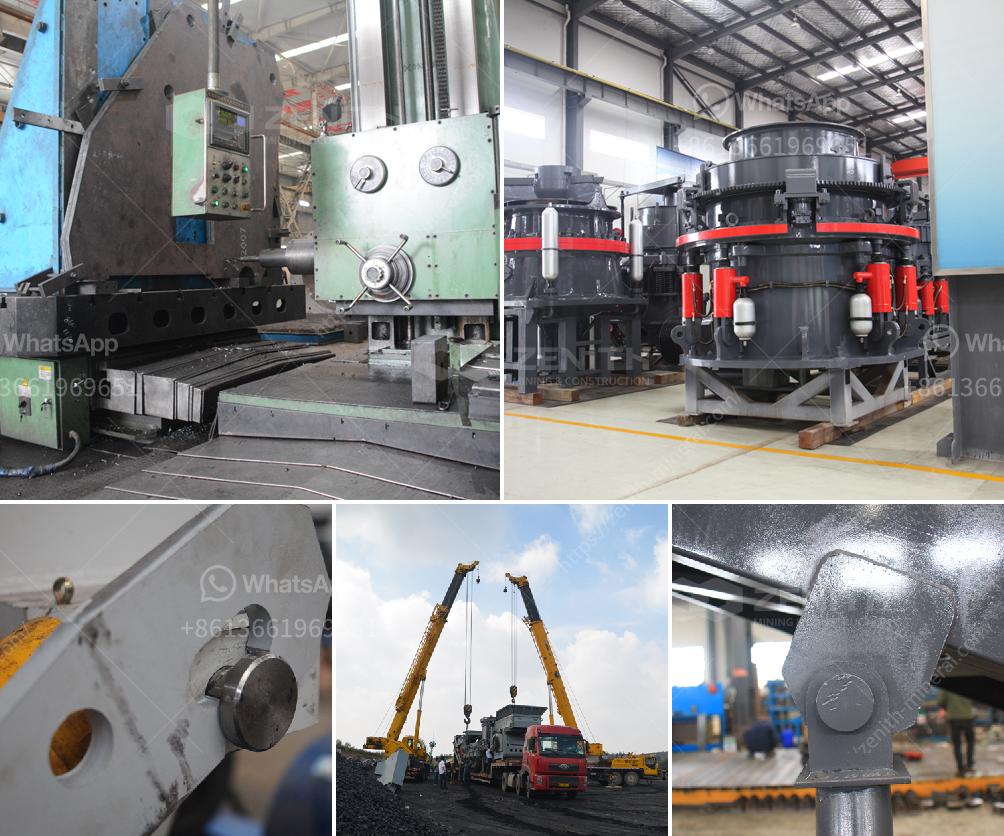Concentration of ores, also known as ore beneficiation or ore dressing, refers to the processes used to increase the content of a valuable mineral or metal within an ore. This is achieved by removing the gangue, or worthless material, that is mixed with the valuable minerals. Some common methods of ore concentration include:
Gravity Separation: Utilizing the differences in density between ore and gangue particles. Techniques include jigging, shaking tables, and spiral concentrators.
Magnetic Separation: Based on the magnetic properties of the ore and gangue. Magnetic separators are used to attract and remove ferromagnetic materials.
Froth Flotation: Involves the treatment of the ore with reagents that preferentially attach to the desired minerals and cause them to float on the surface of a froth that is then skimmed off.
Hydraulic Washing: Also referred to as gravity separation, it involves using water to wash away lighter gangue particles while the heavier ore particles settle at the bottom.
Leaching: A process where a solvent is used to dissolve the valuable metals, which are then separated from the ore through chemical reactions.
Each method is chosen based on the specific properties of the ore and the gangue, as well as the overall economic feasibility of the process.
